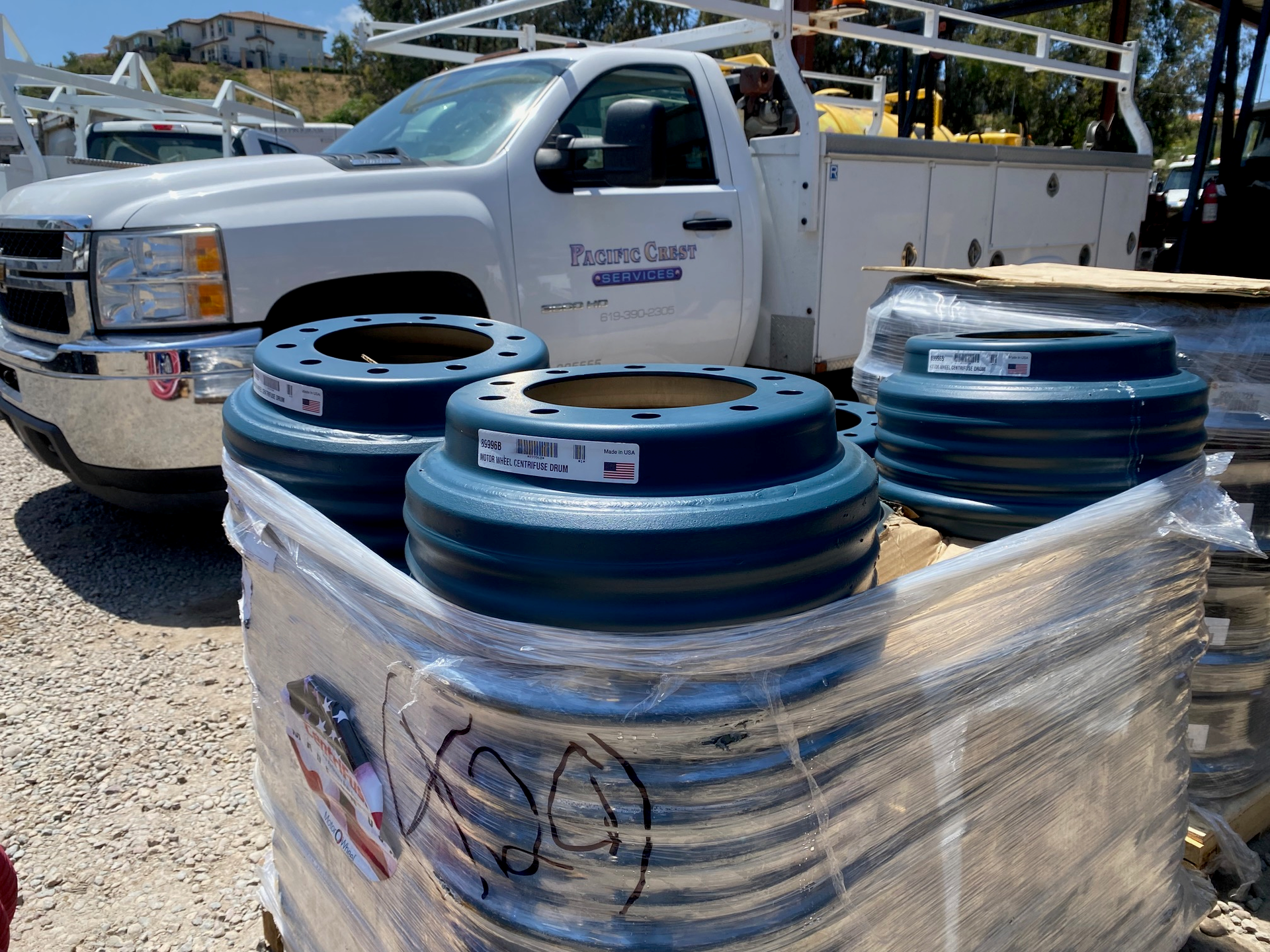San Diego Pacific Crest Services Blog

Introduction As roads become increasingly crowded with heavy-duty vehicles, ensuring their safety and emission compliance becomes paramount. To address this concern, governments around the world have been implementing Heavy-Duty Inspection and Maintenance (HD I/M) regulations. These regulations mandate regular testing and maintenance for heavy-duty vehicles to maintain optimal safety and minimize environmental impact. Starting from October 31, 2022, new periodic HD I/M testing requirements have been introduced to enhance the safety and efficiency of these vehicles. Understanding HD I/M Regulations Heavy-duty vehicles, including trucks, buses, and commercial fleets, play a vital role in transporting goods and people across vast distances. However, due to their size and complexity, they can pose significant risks if not properly maintained. HD I/M regulations aim to ensure that these vehicles meet certain safety and emission standards, reducing the chances of accidents and environmental harm. The New Periodic HD I/M Testing Requirements Starting from October 31, 2022, new periodic HD I/M testing requirements have been put into effect, marking a significant step towards road safety and environmental protection. These regulations stipulate that heavy-duty vehicles must undergo regular testing and maintenance at specified intervals. The goal is to identify potential issues, address them promptly, and ensure that vehicles are in compliance with safety and emission standards. Key Components of Periodic HD I/M Testing Safety Inspection : Safety is of utmost importance when it comes to heavy-duty vehicles. Periodic safety inspections assess crucial components such as brakes, suspension systems, steering mechanisms, lights, and tires. By identifying and repairing any faulty parts, these inspections help prevent accidents caused by mechanical failures. Emission Testing : Heavy-duty vehicles are notorious for their emissions, which can contribute to air pollution and environmental degradation. Emission testing is a critical part of HD I/M regulations, as it ensures that vehicles meet established emission standards. If a vehicle fails emissions testing, it is required to undergo repairs and retesting before it can be deemed roadworthy. Maintenance Records : In line with the new regulations, heavy-duty vehicle owners and operators are required to maintain comprehensive maintenance records. These records should detail all maintenance and repairs performed on the vehicle, including dates, descriptions of work done, and parts replaced. This documentation not only ensures compliance but also provides a clear history of the vehicle's maintenance, which can be useful for troubleshooting and resale purposes. Benefits of Periodic HD I/M Testing Enhanced Road Safety : By identifying and addressing potential safety issues, HD I/M testing contributes to safer roads for all users. This reduces the risk of accidents caused by mechanical failures and inadequate maintenance. Environmental Protection : Emission testing helps reduce the environmental impact of heavy-duty vehicles. By ensuring compliance with emission standards, these regulations aid in controlling air pollution and promoting cleaner air quality. Extended Vehicle Lifespan : Regular maintenance and timely repairs extend the lifespan of heavy-duty vehicles. This not only maximizes the return on investment for vehicle owners but also reduces the need for premature replacements, benefiting both the economy and the environment. Conclusion The introduction of new periodic HD I/M testing requirements from October 31, 2022, signifies a crucial step forward in ensuring the safety and environmental responsibility of heavy-duty vehicles. By mandating regular safety and emission inspections, these regulations contribute to safer roads, cleaner air, and more sustainable transportation systems. As governments and industries continue to work together to implement and adhere to HD I/M regulations, the overall impact on road safety and the environment is expected to be significant.

Embarking on an RV journey promises freedom, adventure, and unforgettable experiences. However, sometimes things don't go as planned, and your beloved home on wheels may break down unexpectedly. While it may seem like a daunting situation, it's essential to stay calm and remember that even a breakdown can be turned into an opportunity for new discoveries and unexpected adventures. In this blog post, we'll explore some essential steps to take and exciting things to do if your RV ever finds itself stranded.

